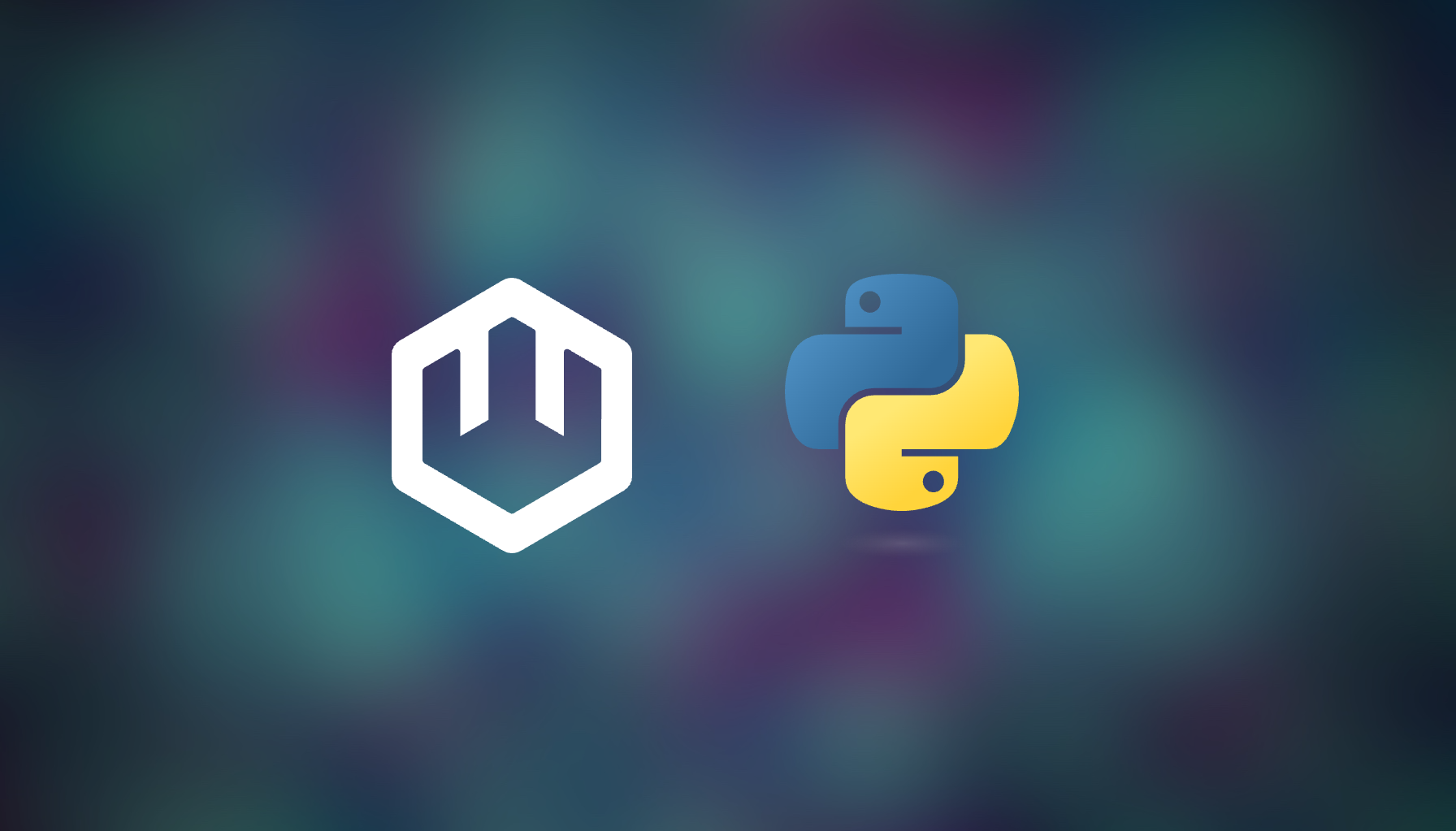Bring Your Own Wasm Components: Run Python (and any other language) in wasmCloud

WASI 0.2.0 is in the wild, pushing forward common standards for portable, language-agnostic components and interfaces. That means it just got a whole lot easier to create WebAssembly components from any language—and have them work together with other components of any provenance. Better still, it's now possible to "bring your own Wasm components" from any language that compiles to WASI 0.2.0 and run them as distributed apps in wasmCloud.
As WebAssembly enters a new era, now is a good time to walk through the process of running a generic component on wasmCloud and explain what we're doing at each step. For this tutorial, we'll use Python as an example. A Bytecode Alliance project called componentize-py makes it simple to build a Wasm component from Python code. Once you can do that, it's trivial to run the app in wasmCloud. All you need to do is...
- Build and sign the component with
wash build - Deploy the component to wasmCloud with
wadm
Before we get started, props to Fermyon's Joel Dice and all the other contributors to componentize-py, and to Brooks Townsend for first demonstrating this during a wasmCloud Community Meeting last month.
How to run a Python-based app in wasmCloud
You'll need to install wasmCloud, Python 3.10 or higher, and pip if you haven't already.
Once pip is in place, you'll also need to install componentize-py (v0.11 or later):
pip install componentize-pyNext, we'll download the componentize-py repo from GitHub. The GitHub repo gives us a directory of Python examples, including an app that makes and receives HTTP requests. If we open examples/http/app.py, we find a nifty demo that returns an echo or hash depending on your request.
In the repo we also find a wit directory with WebAssembly Interface Type (WIT) definitions for an HTTP interface. Types like IncomingRequest in the Python code bind to these standard WIT definitions. (Feel free to explore files like wit/deps/http/types.wit to get a sense for how these work.) Using APIs standardized around WIT definitions means that the actual HTTP functionality can be delivered by another component compiled from a different language—in this case, we'll be using wasmCloud's first-party HTTP capability providers (written in Rust). But we don't have to worry about the specifics of the providers just yet.
For now, we'll simply create an application manifest. Create a file called wasmcloud.toml in the componentize-py/examples/http directory and add:
name = "PythonExample"
language = "python"
type = "component"
version = "0.1.0"
[component]
build_command = "componentize-py -d ../../wit -w wasi:http/proxy@0.2.0 componentize app -o http.wasm"
build_artifact = "http.wasm"
destination = "http_s.wasm"Up top, we provide basic metadata for our component and define it as an actor—a component running original logic. In the last three lines we have two fields enabling a "bring your own Wasm component" approach:
build_commanddefines the underlying command thatwashwill use to build the component when we runwash build. In this case,washwill runcomponentize-py.build_artifactspecifies the.wasmartifact to be signed bywash build.destinationdefines the name and location of the final, signed Wasm artifact for the component.
If we wanted to produce a .wasm artifact from another language, we would simply replace the build_command value with the appropriate procedure for creating a component from that source language.
In the same examples/http directory, create a file called wadm.yaml and add:
apiVersion: core.oam.dev/v1beta1
kind: Application
metadata:
name: PythonExample
annotations:
version: v0.0.1
description: "Python component"
experimental: "true"
spec:
components:
- name: python-http
type: actor
properties:
image: file://./http_s.wasm
traits:
- type: spreadscaler
properties:
instances: 1
- type: linkdef
properties:
target: httpserver
values:
address: 127.0.0.1:8080
- type: linkdef
properties:
target: httpclient
- name: httpserver
type: capability
properties:
image: wasmcloud.azurecr.io/httpserver:0.19.1
contract: wasmcloud:httpserver
- name: httpclient
type: capability
properties:
image: wasmcloud.azurecr.io/httpclient:0.8.0
contract: wasmcloud:httpclientIf you're familiar with wasmCloud, this should all look perfectly standard: we're defining deployment metadata and two components (the actor and the first-party httpserver capability provider).
Now let's build our Wasm artifact:
wash buildIf you haven't already, run wash up to start a wasmCloud host. Then, from examples/http, run:
wash app deploy wadm.yamlWhen wash app list reports that the deployment is ready, you can curl the component for a response. Per the readme for this example, we'll send over a couple of stanzas of poetry:
curl -i -H 'content-type: text/plain' --data-binary @- http://localhost:8080/echo <<EOF
'Twas brillig, and the slithy toves
Did gyre and gimble in the wabe:
All mimsy were the borogoves,
And the mome raths outgrabe.
EOFThe response:
HTTP/1.1 200 OK
content-type: text/plain
content-length: 142
date: Mon, 29 Jan 2024 22:44:57 GMT
'Twas brillig, and the slithy toves
Did gyre and gimble in the wabe:
All mimsy were the borogoves,
And the mome raths outgrabe.Success! We get our bit of Alice in Wonderland back, and now we're down the rabbit hole. When we're done, we'll clean up:
wash app undeploy python
wash app delete python --delete-allConclusion
Now that WASI Preview 2 is released, componentizing different languages with common WIT definitions is only going to get easier—especially with a vibrant community building awesome tooling like componentize-py. Using the same pattern we walked through here, wasmCloud users can define build processes for any Wasm-compiled language you can imagine and run them in a distributed manner, taking full advantage of templated requirements like HTTP, storage, logging, and all the rest. The wasmCloud vision of building in any language and deploying anywhere is here, and it's only moving faster.
